What do your bones say about you?
7About ten years ago, I was fascinated with the show Bones, a crime drama that followed the adventures of an FBI agent and a forensic anthropologist. The series was loosely based on the life and work of an actual forensic anthropologist and writer, Kathy Reichs. In every episode of the series, the main character, Dr. Brennan, would examine human remains (primarily bones) of possible murder victims and use the information she discovered to help solve the crime. The most remarkable thing for me was how much the doctor was able to learn from the bones of the victims. This is true in real life, too, not just on TV.
The skeletal system is different from all other anatomical systems in the body because it persists for many years after death and can provide clues about the person’s sex, lifestyle, personal health, diet, hormonal deficiencies, and environmental conditions that they have lived in. This happens because the organic and mineral components of the bone matrix (primary bone tissue) are constantly being recycled and renewed through the process called bone remodeling. Right now, up to 5% of your skeleton is undergoing remodeling as part of the normal body maintenance process. Bone remodeling might replace the matrix of the bone and leave the shape of the bone unchanged, or it may change the shape, internal architecture, or mineral content of the bone depending on what’s going on in your body when this process is happening. That is why what you eat, how you use your body, how much sunshine you get, what chemicals you are exposed to, your hormonal levels, and the general state of your health all impact your bones’ shape, structure, and composition.
The condition of our bones is vital to us, not because we want to help anthropologists in some distant future but because the quantity and quality of our bones directly affect our health and longevity. Bone quantity is important because when we lose bone mass, we become vulnerable to fractures, particularly in the spine, hips, and forearms, that can result from the most mundane activities. Bone quality is essential because, in addition to structural support, our bones also perform a variety of other functions that we don’t want to become compromised.
Today let’s take a closer look at the process of bone remodeling to understand who the main players are and what factors affect their function.
Your bones are constantly being stressed by normal daily activities, which leads to microfractures. Those fractures get swiftly repaired, resulting in stronger bones. This is a necessary process that keeps the bones strong and healthy. If you stop stressing your bones (for example, spending a few weeks on crutches), you will lose up to a third of their mass. This is particularly problematic for bedridden folks. If you are able to return to regular activities and begin to stress your bones again, your bones will rebuild just as quickly.
The process of bone remodeling is mainly conducted by three types of cells: osteoclasts, osteoblasts, and osteocytes, and is facilitated by a variety of hormones.
Osteocytes orchestrate the entire remodeling process.
Osteocytes are mature bone cells that are embedded in the bone matrix. Each osteocyte lives in a little pocket with long projections called canaliculi that radiate through the matrix and connect to the other pockets and the sources of nutrients. Through these projections, osteocytes can sense microcracks in bones. When there is enough microdamage to require repair, osteocytes send a chemical message summoning osteoclasts and osteoblasts.
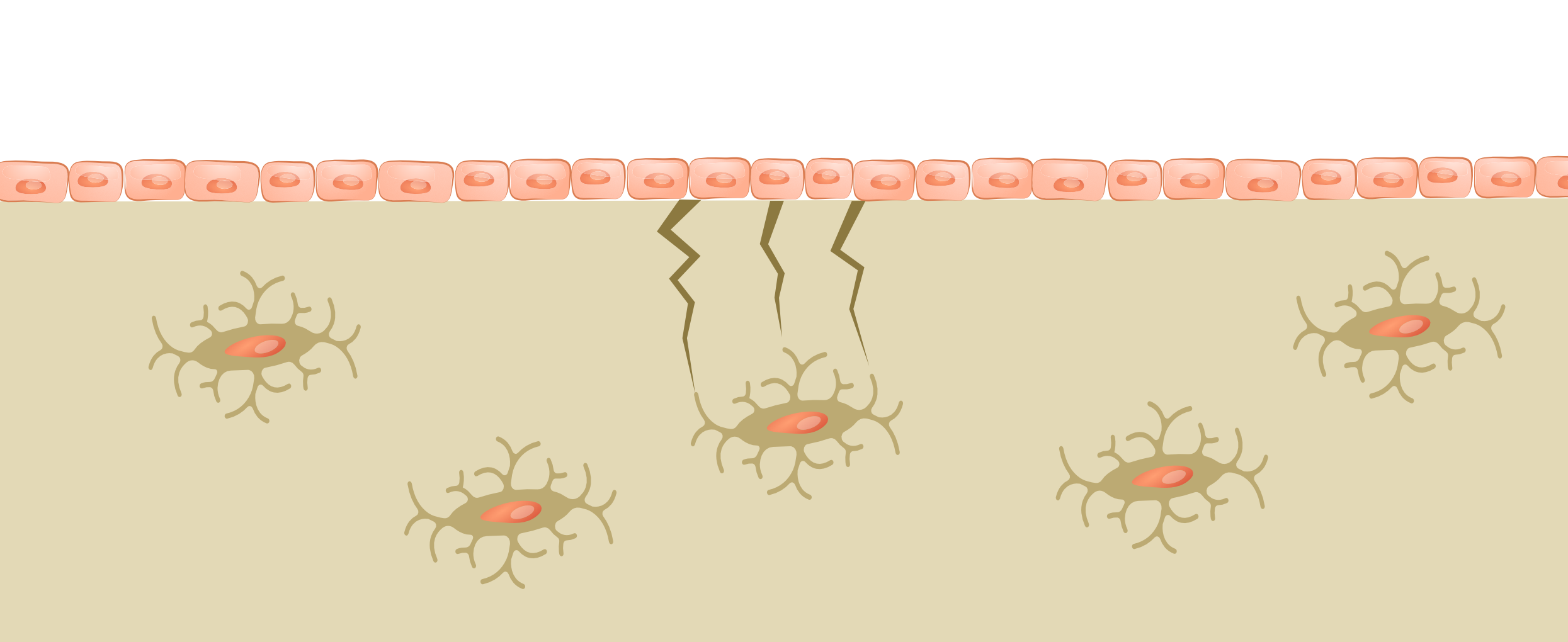
Bone Remodeling: Activation Stage
Osteoclasts break down old, worn, and weekended bone.
Osteoclasts grow from stem cells. They get called to the bone site in need of repair, arrive at the site from the bloodstream, congregate into the areas of accumulated microfractures, fuse together, and squirt enzymes to dissolve the bone matrix and release the stored minerals. This process is essential in the regulation of calcium and phosphate concentration in body fluids.
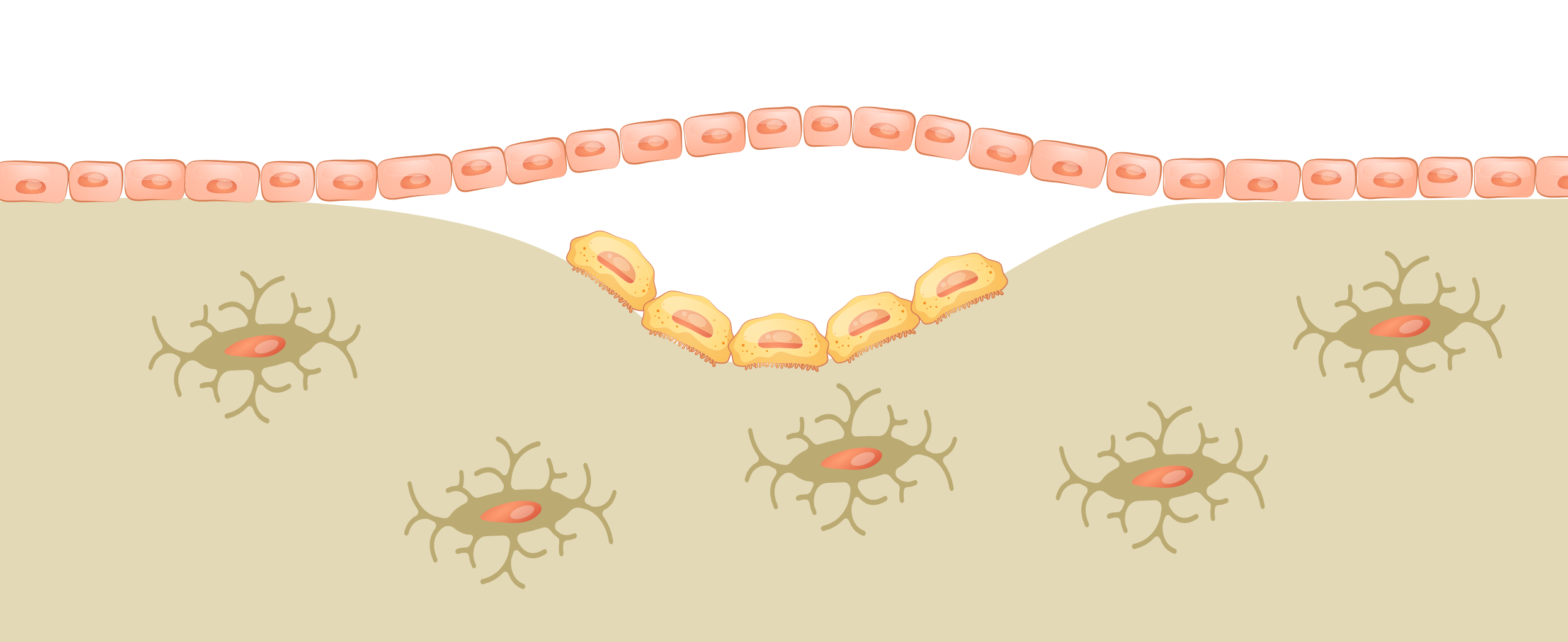
Bone Remodeling: Resorption Stage (with osteoclasts)
Osteoblasts form new bone.
Immature osteoblasts are formed within the bone itself. They migrate to the areas that have been tunneled out by osteoclasts and begin to deposit a new collagen matrix.
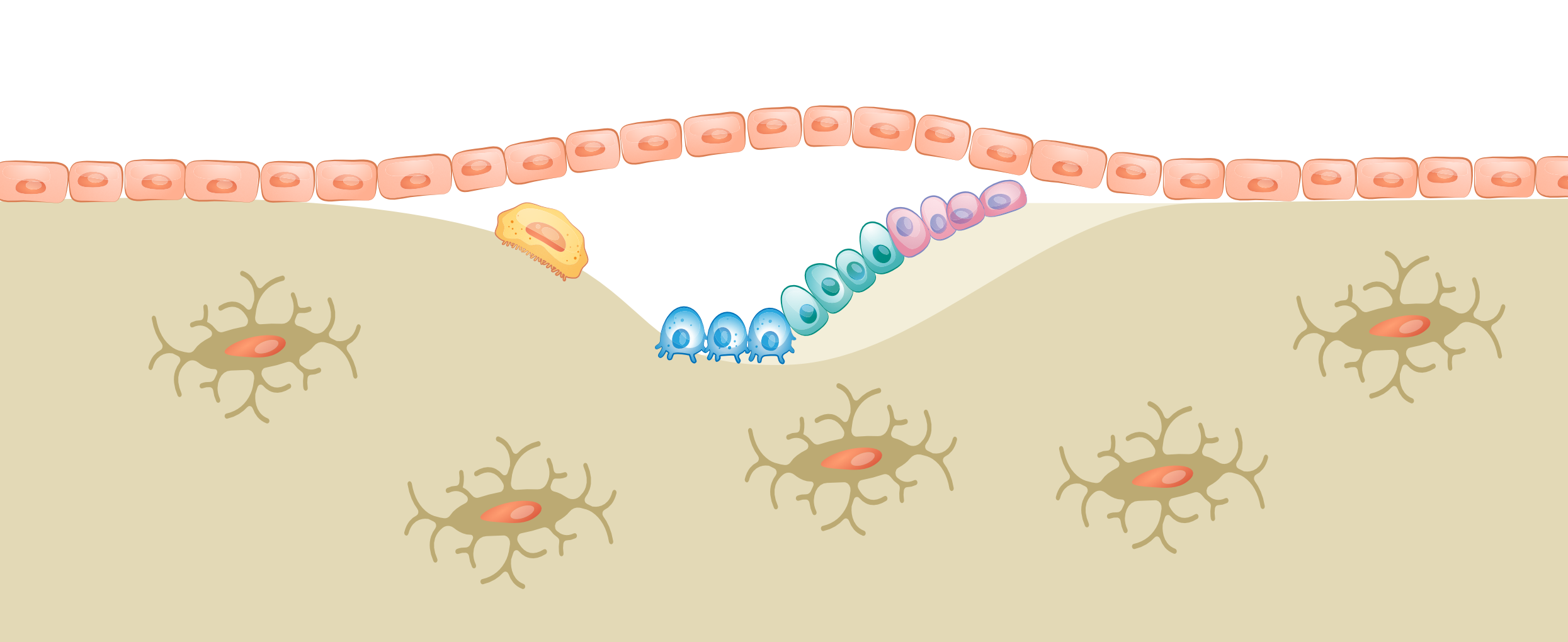
Bone Remodeling: Formation stage (with osteoblasts in different stages of development)
The collagen matrix will become strong mineralized bone once the calcium salts are deposited there.

Bone remodeling: Mineralization Stage
The actions of the osteoclasts (bone breakdown) and osteoblasts (bone formation) are closely linked and kept balanced by osteocytes (mature bone cells). How well your bone cells operate and what exactly they deposit into your bones depends on the combination of nutritional and hormonal factors. This is why your food intake and lifestyle have such significant impact on bone growth and remodeling. We will discuss those factors in detail next time – tune in!
[jetpack_subscription_form]

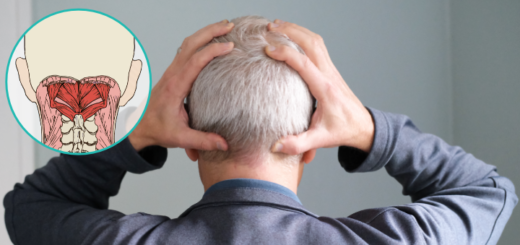
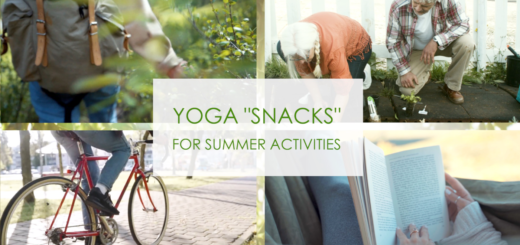
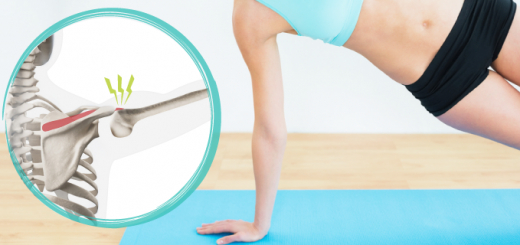
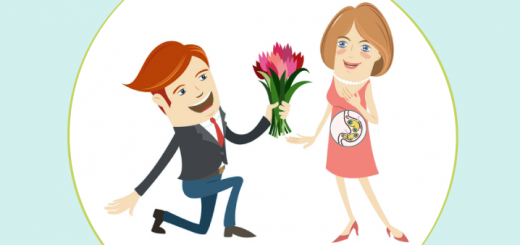















Fascinating! Can osteoporosis be significantly improved naturally?
We will get to that in a couple of weeks, stay tuned! 🙂
Thank you! I love this kind of information!
So happy to hear that Amy!
I loved that show too. I have watched all series and I wish they would come up with more series of it. Recently I got diagnosed with server Osteoporosis. I am only 55 years of age. What can cause someone so young to get that Osteoporosis that bad? My doctor didn’t know. He said it could have been medications or disease. I got my first vaccine a couple of days ago. My next one will be in 6 month. What can I do, so that my bones don’t get worse?
Hi Luz, so sorry to hear that! Yes, medication can certainly affect bone loss. So can a variety of other factors. Next week we will begin the conversation about all the major players in the process of bone maintenance, maybe you will get some insights from that?
ThAnk you